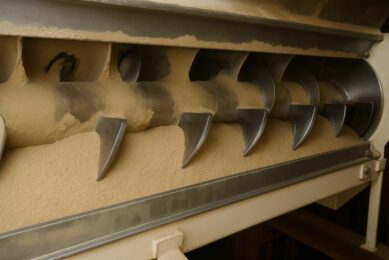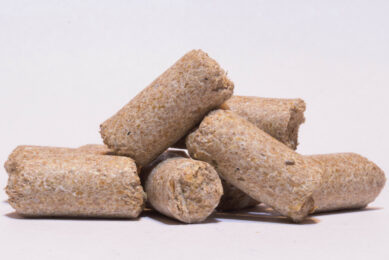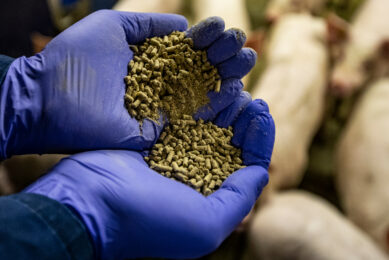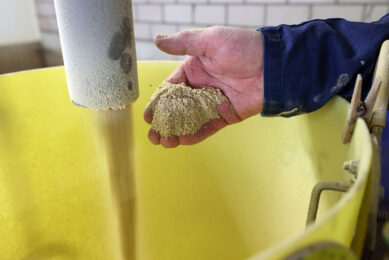A look inside the new Feed Technology Centre
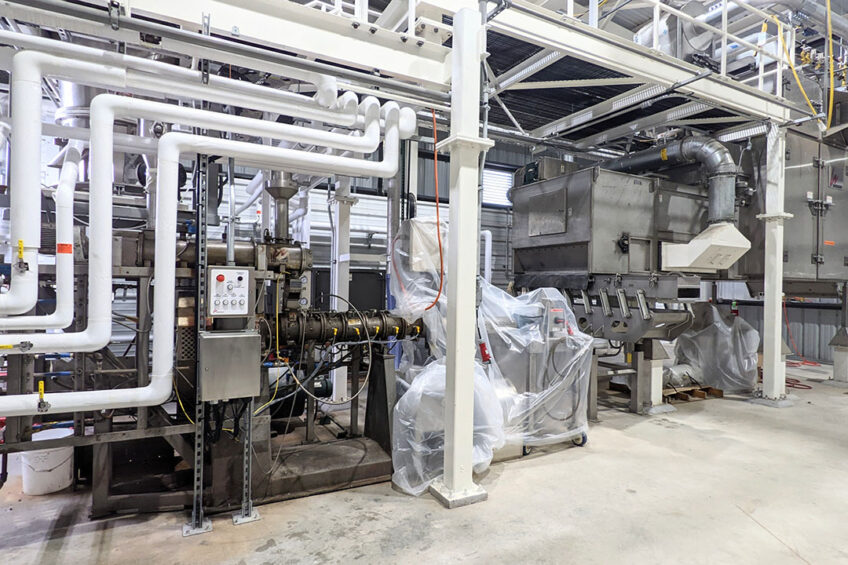
Cutting-edge equipment, industry research partnerships and outstanding educational opportunities.
It’s been about a year and a half since one of the world’s most advanced feed research facilities opened, the Feed Technology Centre (FTC) at the University of Illinois. It’s not yet fully operational, but many cutting-edge capabilities of the facility are actively in use by industry and academics alike.
This facility was built to accelerate scientific advances and expand our reach in technology and scientific discovery…
How it all began…
Planning began in 2018 for the Centre with a public-private partnership between the university and feed companies including ABB, ADM, AGCO, Alltech, APEC and Bühler, and groups such as the Illinois Pork Producers Association. Construction began in mid-2019 and the Centre opened in March 2021.
The US$20 million Centre replaces a 1920s-era feed mill on campus that was originally built to process university-grown grain and feed university-owned livestock. It’s a digitally connected building with cutting-edge software for automating, managing and optimising mill performance and sustainability.
“This facility was built to accelerate scientific advances and expand our reach in technology and scientific discovery in ingredient and feed utilisation, new processing technologies and improved efficiency of food production,” says University of Illinois associate professor Dr Maria Regina Cattai de Godoy. “Ultimately, our goal is to become a national hub for the animal food and ag industries.”
Capabilities
The FTC offers completely automated feed production, with state-of-the-art processing and sensor technologies delivering standard and specialised small-batch diets for industry and academic research. It also offers unparalleled hands-on educational opportunities for University of Illinois students, as well as continuing education and workshops for feed industry employees.
The FTC’s feed mill production rates for mash feed and pelleted feed are about 20 and 5 tonnes per hour, respectively. The dryer is capable of 750-1000 bushels per hour. Ingredient processing includes grinding, pre-mixing, mixing, pelleting, crumbling, bagging, delivery of research animal diets, and a standalone extrusion line. Equipment includes 14 ingredient bins able to hold 28,000 cubic feet.
The Centre also has a large capacity for whole dry grain storage (195,000 bushels) with 3 GSI 42-foot, 15-ring bins, featuring including power bin sweeps, fans and sidewall stairs for safety. There is also a 10,000-bushel wet grain bin.
The Centre’s pelleting machine and extrusion system were recently commissioned, and their use is beginning this autumn and winter.
When it’s operational, a multi-channel, inline near infrared (NIR) system will monitor the compositional quality of feed ingredients in real time. It will make it possible to determine the chemical composition of ingredients or mixed diets (for example, crude protein and dry matter content). Using this system, adjustments can be made to improve formula precision.
Learning to operate
In terms of research done over the past year, Cattai de Godoy reports that the Centre has already been used by several University of Illinois faculty members, mainly producing mash diets for non-ruminant and ruminant species.
“
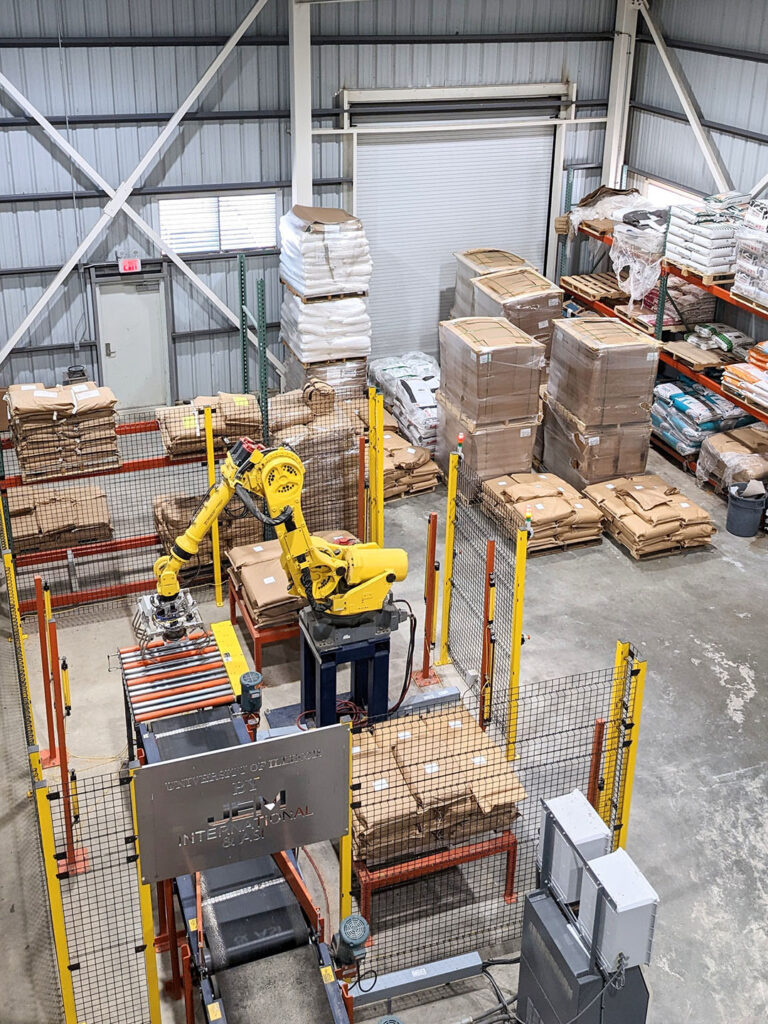
These can be anywhere from mixing complete and balanced diets, to grinding diets at specific particle sizes,” she says. “It really varies based on the research needs. In every project, we also learn more about how to best operate this facility to attend the needs of our faculty and research collaborators.”
Cattai de Godoy adds that many University of Illinois researchers are evaluating novel, more sustainable or functional ingredients. Researchers may also be investigating how processing conditions (e.g., milling, pelleting, extrusion) may change the nutritional value of these diets or single ingredients.
Many research projects involve animal nutritional industry partners and Cattai de Godoy says “we continue to seek further support and collaborators as we expand and optimise our operations.”
Automation
With the FTC being fully automated, Cattai de Godoy explains that “from a computer screen, we can monitor every step of feed manufacturing from ingredients (such as whole grain corn) being received through complete mixed diets being bagged.”
There is also automation of the extrusion system which is independent of the main automation system at the FTC. “This allows us more flexibility on the types of projects that we can conduct, but we also have the capability in the future to integrate these systems if there’s a need for it,” says Cattai de Godoy.
[agriculture] is a crucial part of our economy and lives, and a field that is not considered or even familiar to most young people…
Education – current & future professionals
Teaching current and future generations of professionals in the animal feed industry is also an important aim at the Centre, using the wide range of processing capabilities along with the automation and NRI analysis.
Cattai de Godoy explains that the Centre has the goal to expose University of Illinois students to a wide range of technologies and procedures used in the feed industry so that they learn the theory but also have hands-on opportunities to apply that knowledge and troubleshoot solutions.
Real-time sensor data at the Centre will eventually be uniquely leveraged in new courses in precision agriculture, digital agriculture, bioinformatics and courses within the new Computer Science + Animal Sciences degree.
During this first year, several faculty members have already used this facility for teaching, says Cattai de Godoy. She and her team expect educational uses of the FTC to increase steadily as “we become fully operational, develop new courses and curriculum and expand our external services.”
Research in future
University of Illinois faculty can already get a detailed batch report of the manufacturing process for the diets and their ingredients that are prepared at this facility. This also includes processing parameters for pelleting and extrusion.
In addition to the capability of the NIR system to allow real-time adjustments to formulations, Cattai de Godoy says “there are a lot more areas that we can obtain real-time data and use for research and teaching opportunities. We are just beginning to tap into this, and we expect to grow more during the next year.”
In 2023, there are several specific projects planned. “Some of them include expanding our curriculum and creating opportunities for continuum education of the current work force in the animal feed industry through short courses and workshops, as well as engaging with local and global communities to assist in educating the new generation about agriculture,” says Cattai de Godoy.
Agriculture, she notes, “is a crucial part of our economy and lives, and a field that is not considered or even familiar to most young people as they live mainly in urban and suburban areas.”




